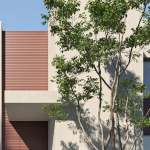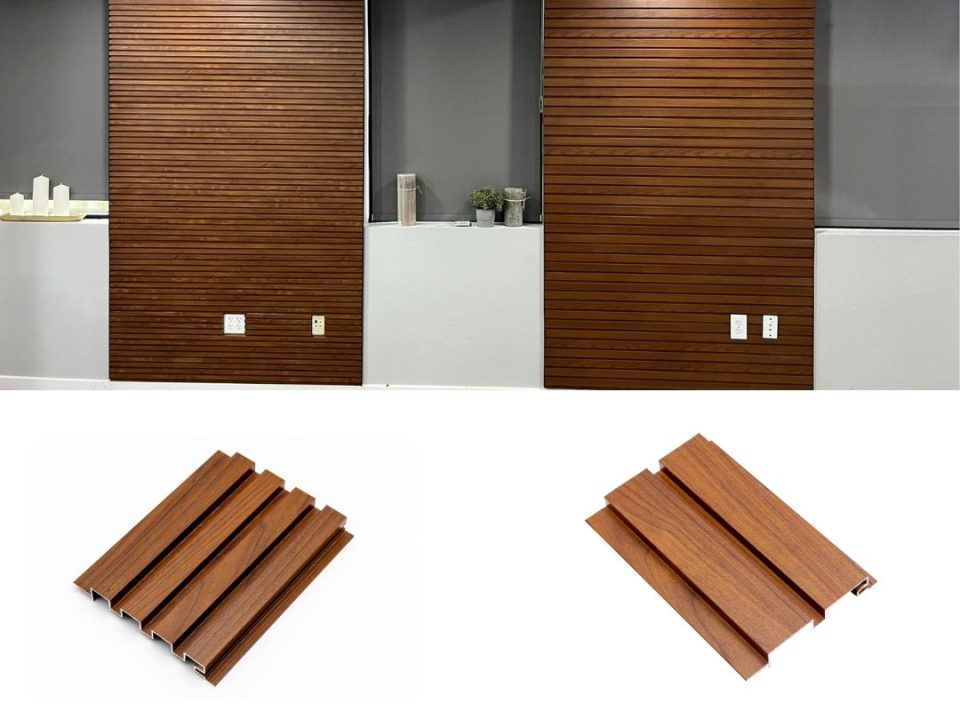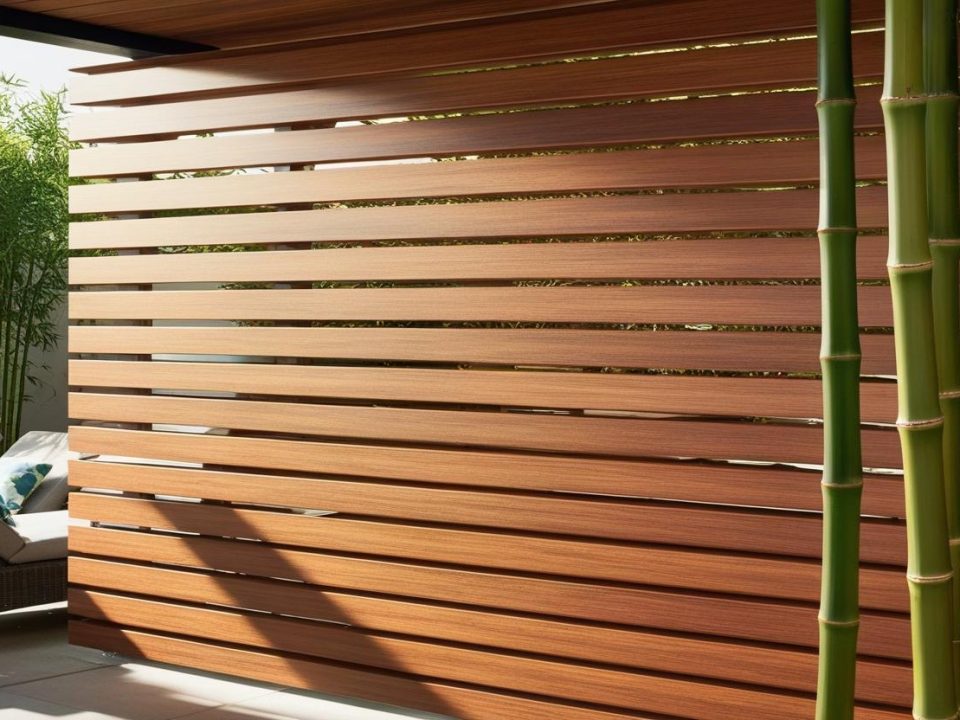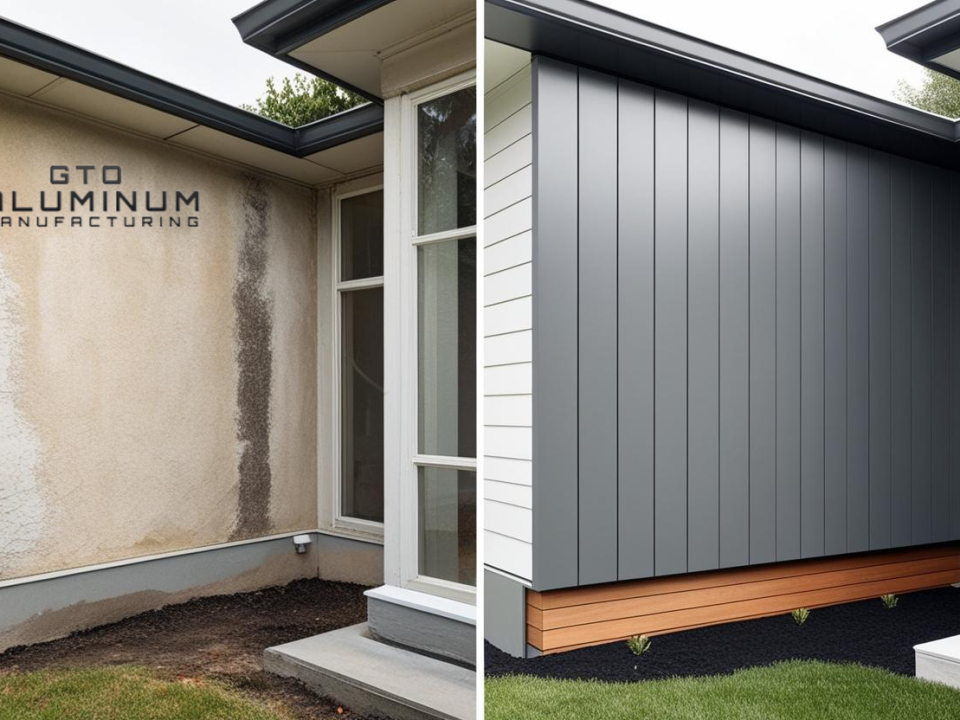
Top Aluminum Cladding Solutions for Coastal Environments in 2024

Aluminum Cladding’s Role in Sound Insulation for Buildings

Aluminum cladding has become a staple in modern architecture, prized for its durability, versatility, and ease of maintenance.
Color is not just a matter of aesthetics; it plays a crucial role in reflecting a building’s identity, enhancing its features, and even influencing its environmental impact.
Let’s explore how the right color selection can transform aluminum cladding from a mere external covering into a defining element of architectural beauty.
Introduction to Aluminum Cladding
Aluminum Cladding serves as a protective skin for buildings, shielding them from the elements while also providing an opportunity to make a visual statement.
The choice of color in aluminum cladding for buildings goes beyond personal preference, influencing perception, and interaction with the surrounding environment.
Understanding the basics of aluminum cladding and its features sets the stage for a deeper appreciation of the role color plays in architectural design.
It’s not just about covering; it’s about characterizing.
The Psychology of Color in Architecture
Color psychology is a powerful tool in architecture, as different colors evoke different emotions and reactions.
Warm colors like reds and oranges can energize and invigorate, while cool colors like blues and greens tend to soothe and calm.
When applied to aluminum cladding, these colors can significantly affect the mood and atmosphere.
Selecting the right color for your cladding design can enhance the building’s overall appeal, making it stand out.
It’s essential to consider the psychological impact of your color choices to create a harmonious and appealing space.
Enhancing Architectural Features with Color
Strategic use of color in aluminum cladding can highlight or downplay architectural features.
Bright, contrasting colors can draw attention to specific areas, while more subdued tones can help large surfaces blend seamlessly.
The interplay of light and shadow, accentuated by color choices, can add depth and dimension to cladding design.
This section of cladding for buildings is not just about protection; it’s a canvas for architectural expression.
Thoughtful color selection can turn a flat, monotonous facade into a dynamic, engaging structure.
Color Durability in Aluminum Cladding
When choosing colors for aluminum cladding, it’s crucial to consider the long-term impact of sun exposure and weather conditions.
UV rays and environmental pollutants can cause colors to fade over time, affecting the building’s appearance.
However, advances in coatings and finishes have greatly improved the durability of colored aluminum cladding, ensuring that vibrant hues remain consistent and bright for years.
This durability is a key factor in maintaining the aesthetic integrity of the building design.
Reflectivity and Energy Efficiency
The color of aluminum cladding can influence a building’s energy efficiency.
Lighter colors reflect more sunlight, reducing heat absorption and potentially lowering cooling costs in warmer climates.
Conversely, darker colors absorb more heat, which can be beneficial in cooler environments.
Understanding the thermal properties of different colors can help architects make informed decisions that contribute to the building’s energy efficiency and comfort levels, aligning with sustainable design principles.
Cultural and Contextual Considerations of Aluminum Cladding
Color choices in cladding design are often influenced by cultural, historical, and contextual factors.
Certain colors may have specific meanings or associations in different cultures, impacting how a building is perceived by the community.
Additionally, the building’s context – urban, rural, historical, or coastal – can guide color selection to ensure that it complements its surroundings.
This sensitivity to context enriches the architectural narrative and fosters a sense of place.
Trends and Innovations in Cladding Colors
The world of aluminum cladding is always evolving, with new color trends and technological innovations continually emerging.
Metallic finishes, gradients, and textured colors are just a few examples of how contemporary cladding design is pushing boundaries.
Staying abreast of these trends can inspire architects and designers to explore new possibilities and create buildings that are not only functional but also cutting-edge in their aesthetic appeal.
Balancing Aesthetics and Functionality
While aesthetics are crucial, it’s important to balance them with functionality when selecting colors for aluminum cladding.
Factors like visibility, safety, and material performance should also play a part in the decision-making process.
A well-considered balance ensures that the building not only looks good but also performs effectively, meeting the needs of its occupants and standing the test of time.
Conclusion
In conclusion, the impact of color choices on aluminum cladding and building design cannot be overstated.
The right colors can transform a building, enhancing its architectural features, complementing its environment, and even improving its energy efficiency.
At GTO Aluminum, we understand the power of color in architecture.
Our extensive range of aluminum cladding offers a spectrum of colors and finishes, designed to bring your architectural visions to life.
With our expertise and innovative products, we can help you make informed color choices that elevate your design, and meet functional requirements.
Whether you’re aiming for bold and vibrant or subtle and sophisticated, GTO Aluminum is your partner in creating buildings that are not only visually stunning but also environmentally responsible and in harmony with their surroundings.
Contact us today to explore how our aluminum cladding solutions can make your next project a colorful success.




